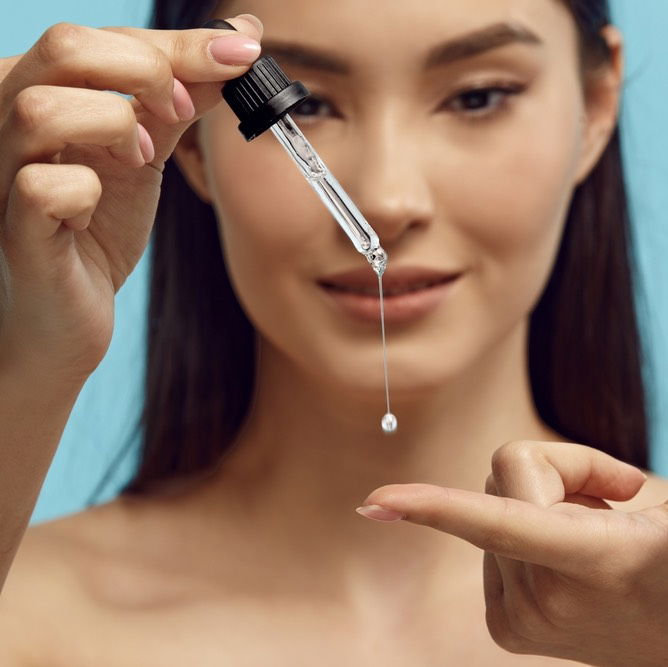 Retinol 101: What It Really Does for Your Skin – And How to Use it Right
Retinol 101: What It Really Does for Your Skin – And How to Use it Right

If there’s one skincare ingredient that people never stop talking about—seriously, it comes up in every skincare forum, blog, and derm visit—it’s retinol. It’s been around for decades, yet somehow it still feels like the holy grail of skincare. Whether you’re a total beginner just figuring out what toner is, or someone with a 12-step routine and a mini fridge full of serums, chances are you’ve heard of this little miracle worker. Retinol is praised for doing everything from smoothing fine lines to clearing acne to brightening dull skin—but it’s also a bit of a diva. Use it wrong, and your skin could end up irritated, flaky, or straight-up angry (been there, done that). I still remember my first try—I slapped it on like moisturizer and woke up looking like a tomato. Lesson learned. The thing is, when you use it correctly and stay consistent, the results are kind of magical. It’s all about the right product, the right timing, and a lot of patience. So if you’re curious about what makes retinol such a cult favorite—and how to get that glow without the burn—you’re in the right place. Let’s break it down in a way that actually makes sense.
So, what is retinol, really?
Retinol is a form of vitamin A, which is a vital nutrient that plays a crucial role in many bodily functions, from vision to immune function—and of course, skin health. In the world of skincare, retinol is part of a broader nutrient category called retinoids. While retinoids come in various levels of strengths, retinol is still available widely over the counter and is one of the most gentle options in the group of retinoids.
When applied to the skin, retinol actually converts to retinoic acid, which is the compound that delivers all the benefits to skin. The process of retinol transforming into retinoic acid is what makes it less abrasive than other kinds of retinoids that are prescription strength, which deliver this acid directly.